Are Tampons Bad For You and What Are the Real Dangers?
Women in modern societies are relatively lucky to be able to enjoy a range of feminine hygiene products. Now, I don’t mean ‘enjoy’ in the sense that periods are amazing, fun-filled events. But I do mean that we have options that allow us to go about our everyday activities without our periods impacting us too much. Conventional pads and tampons have transformed our lives. But now with more information and alternatives, we can actually look at these products and figure out are tampons bad for you or not?
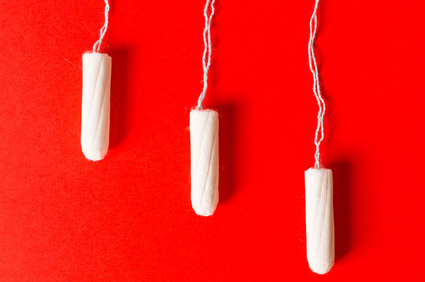
With the aid of sanitary pads, we are able to leave the house, go to work, visit a shopping mall, get on a plane. And with the aid of tampons, we can go for a swim, visit that yoga class, or go for a bike ride comfortably. Lucky for us, we don't have to just sit at home with a bunch of old cotton rags stuffed into our underwear! Something that women had to do decades ago, and unfortunately, something that some women around the world still have to experience.
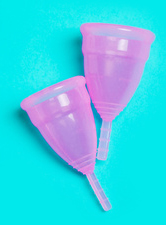

Did you know...
A recent study found that over 88% of menstruating women in India resort to unhygienic alternatives such as old bits of cloth, or even husk sand. This can lead to Reproductive Tract Infection (RTI).
We can't believe this is still happening in modern times. It's time to change this!
So we do have options when our period comes to call, and they are quite comfortable. But why do we use tampons and pads, and why are they so popular in Western society?
The History of Tampons and Pads
Considering how these items have made our lives easier in the past few decades, tampons and pads have not changed much from their conception.
This is because tampons and pads are a great money machine for the corporations who created them. These single use items have to be replaced everyday, several times a day, for a week, every month, for decades, and you can use up to 17,000 tampons in your lifetime!
Advertisers for tampons and pads always sold us on how ‘discreet’ their products were, as if our periods were something to be hidden away.
They also sold us on the fear of that blood was gross and dirty. Something that should be wrapped up and thrown away as soon as possible.
By doing this, we were encouraged to continue purchasing more and more of these products without thinking what it was doing to our bodies, what it was even made of, or how much waste we were actually creating!
What are Tampons Made of?
Figuring out what tampons are actually made of is a tricky business. This is because like with most personal care products, there's not a lot of regulation involved. Heck, tampons and pads aren't even required to list all of the ingredients in their packaging!
But from what we can gather, the most agreed upon things that are in tampons are the following:
- Non-organic cotton
- Synthetic fibers such as viscose rayon
- Polyester or polyethylene and polypropylene
- Dioxin chemicals
- Artificial fragrances
- Artificial colors
- Adhesives
- Chlorine
- BPA (bisphenol A) linked to cancer
What Do These Things Mean?
Modern tampons and sanitary pads have bleaching agents to create that sterile, white look. By doing this the products seem clean and pure; good enough to use near your sensitive parts!
But to achieve that look, the tampons and pads are usually bleached with chlorine dioxide, and it’s been found that dioxin exposure can increase the risk of cancer in lab animals and also poses a risk to humans.
You might also wonder are scented tampons bad for you? Tampons and pads have odor neutralizes to apparently hide the blood smell that we are so afraid of. But of course, these will all be artificial fragrances, and the more artificial things that are going up into the hoo-ha can never be good. But do we really need it? I mean whose underwear really smells like daisies? Come on!
Most conventional tampons and pads are made of a blend of cotton and synthetic rayon. Cotton carries its own risk of pesticide residue which may be harmful. While synthetic rayon, which is cheaper to produce than pure cotton, has a higher absorbency rate. But the fact that it absorbs so well is also what makes it so dangerous. According to WebMD:
“Toxic shock syndrome (TSS) affects menstruating women, especially those who use super-absorbent tampons. The body responds with a sharp drop in blood pressure that deprives organs of oxygen and can lead to death.”
While this is very rare, it still is a possibility. Especially if you leave your tampon in for too long. Have you ever noticed the TSS warning that comes with your pack of tampons?
Are Tampons Bad for You?
By absorbing our menstrual blood, the tampon also alters your natural pH levels which can then cause various infections.
Healthline reports that this can include Bacterial Vaginosis (BV) where there is a bacterial overgrowth which can cause that ‘fishy’ smell, and possibly additional or discolored discharge.
By having BV, you are also more at risk of more serious infections such as herpes simplex virus, HIV, or human papillomavirus (HPV).
Along with other things such as polyester, artificial colors and adhesives, polyethylene (PET), polypropylene, and other contaminants that are in your tampons and pads, these all pose a very real risk when you’re using tampons internally in your body!
What Are The Alternatives to Tampons?
The negative information about tampons and pads aren’t advertised as much as the positives, but now we know a little more about their risks. So what else can we use for managing our monthly periods?
Menstrual Cups
You would have heard about menstrual cups before. Usually made of medical grade silicone (so it's safe for most bodies) these cups are designed to collect rather than absorb your blood. There have been no known cases of TSS. It is also safe to use for up to 12 hours with no risks, meaning you can change it twice a day conveniently.
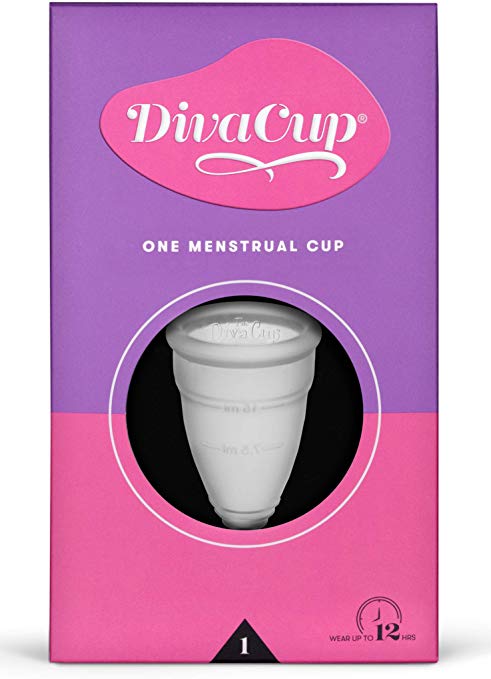
DIVA Cup
3 Different Sizes!
Cloth Pads
There are also organic and cloth versions of conventional pads. These come in some pretty cool designs, and are made to be reusable where you can hand-wash and then throw them into the washing machine. They are surprisingly very absorbent, with people women saying it holds a lot more than their average tampon or pad.
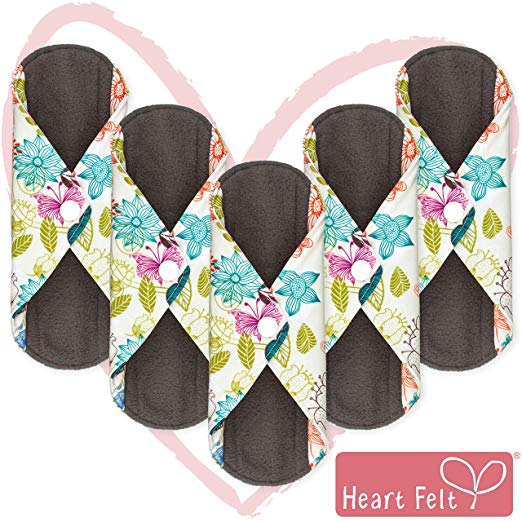
Reusable Cloth Menstrual Pads
5 Pack Washable Sanitary Napkins
Period Panties
There are also ‘period panties’ on the market. These can be worn with a cloth pad, a menstrual cup, or even as a standalone menstrual item. You can also get swimwear versions. Period panties are super absorbent and super safe as its only worn on the outside. They come in some standard, simple designs, and are a big step up from those granny pants you might be imagining!
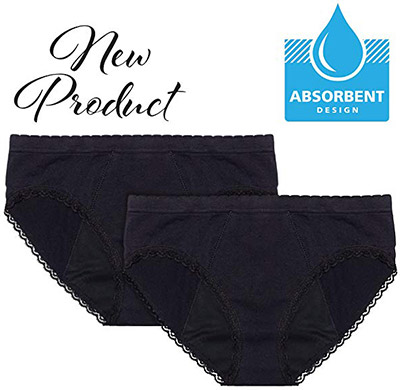
EvaWear 2 Pack
Tampon Replacement, Premium Quality, Absorbent Menstrual Period Panties
Last Thoughts
We have come a long way from when our great grandmothers had to stuff old rags into their underwear or couldn’t leave their houses because of ‘women troubles’ each month. Because of tampons and pads, we are able to go about our everyday lives with little restriction.
But we know now more about the risks associated with such chemicals and materials that help create conventional tampons and pads. This is why we need to look at new alternatives and figure out which is the best for our bodies and our lifestyles!